Introduction
In this review, I’ll share my experience with the Meyer-Optik Görlitz Lydith 30mm f/3.5 lens. This manual focus prime lens, designed with an Exakta mount, was originally made for 35mm SLR cameras. It was introduced in 1964 and remained in production until 1971. My father used this lens in his youth, and it was with his gear that I took my first steps in photography. As such, this lens holds personal significance for me, and I was eager to see how it would perform on my Olympus OM-D E-M10.
Thanks to the in-body image stabilization, focus peaking, and view magnification features, using manual lenses on Olympus OM-D cameras is both easy and enjoyable. This isn’t a conventional lens review as one might expect for a new product. I use this lens primarily for the fun of experimenting with different techniques and equipment beyond the standard. To my surprise, the performance of this lens exceeded my expectations in many ways. I’ve also included some additional background information about the lens in this review here.
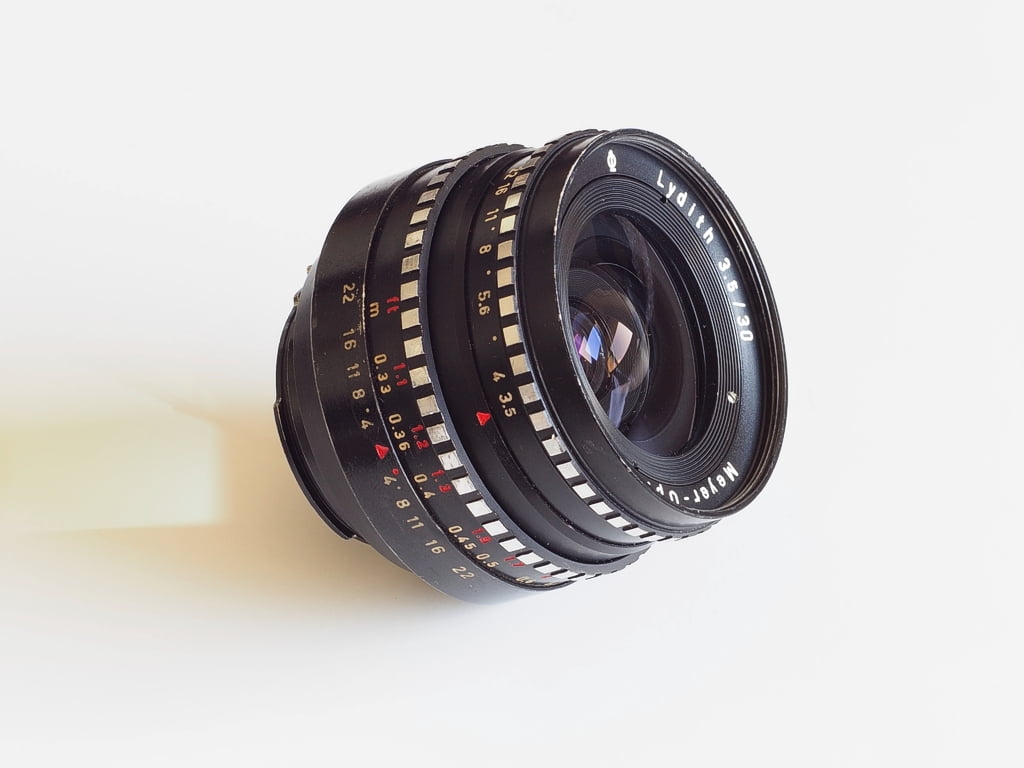
Build Quality
The Meyer-Optik Görlitz Lydith 30mm f/3.5 lens hails from an era when plastic was not as prevalent as it is today, so naturally, it’s constructed entirely of metal, giving it a solid and robust feel. The focus ring turns smoothly with little resistance, which actually provides a pleasant experience, allowing for quick and easy focusing.
The aperture ring is click-less and lacks detents, which can be advantageous for video work but less ideal for photography, as it’s easy to inadvertently change the aperture without noticing. However, the lens features a useful preset function for aperture control. By pulling the ring towards the front element, you can rotate it freely and set it to your desired aperture. Once set, the aperture control ring will stop at your chosen f-stop, making it convenient to switch between maximum aperture for focusing and your preferred setting for shooting.
Overall, the lens is compact and lightweight. Even with a lens mount adapter, it remains reasonably sized and pairs well with a Micro Four Thirds (M4/3) camera.
| Focal length | 30 mm |
| Elements / groups | 5 / 5 |
| Closest focusing distance | 0.33 m |
| Maximum aperture | f/3.5 |
| Minimum aperture | f/22 |
| Diaphragm blades | 10 |
| Filter size | 49 mm |
| Weight | 177 g |
| Length | 45 mm |
Optical Quality
The optical quality of this lens is perhaps its most surprising feature—it’s quite impressive. On a Micro Four Thirds (M4/3) sensor, the 30mm focal length provides an angle of view of 39.6°, equivalent to a 60mm focal length on a 35mm sensor (commonly referred to as “full frame”). This shift in angle of view means that on cameras with smaller sensors, the lens transitions from a wide-angle lens to a standard prime lens.
| Angle of view (35mm sensor) | 71.6° |
| Angle of view (APS-C) | 48.2° |
| Angle of view (M4/3) | 39.6° |
In terms of sharpness, the lens performs impressively across the entire image area. At its widest aperture of f/3.5, the center is slightly soft, but this is not a significant concern. When stopped down, the sharpness improves noticeably. However, at f/16, the sharpness begins to soften, and by f/22, the softness in the center becomes more pronounced.
Corner sharpness is decent. At larger apertures (f/3.5 and f/4), the corners exhibit some softness and a slight tendency toward chromatic aberration. Once stopped down to f/5.6, corner sharpness improves considerably, and at smaller apertures, the corners are sharp.
The lens delivers its best sharpness at f/8 and f/11, where it is sharp from corner to corner. Below are 100% crops of center and corner images taken at various apertures.

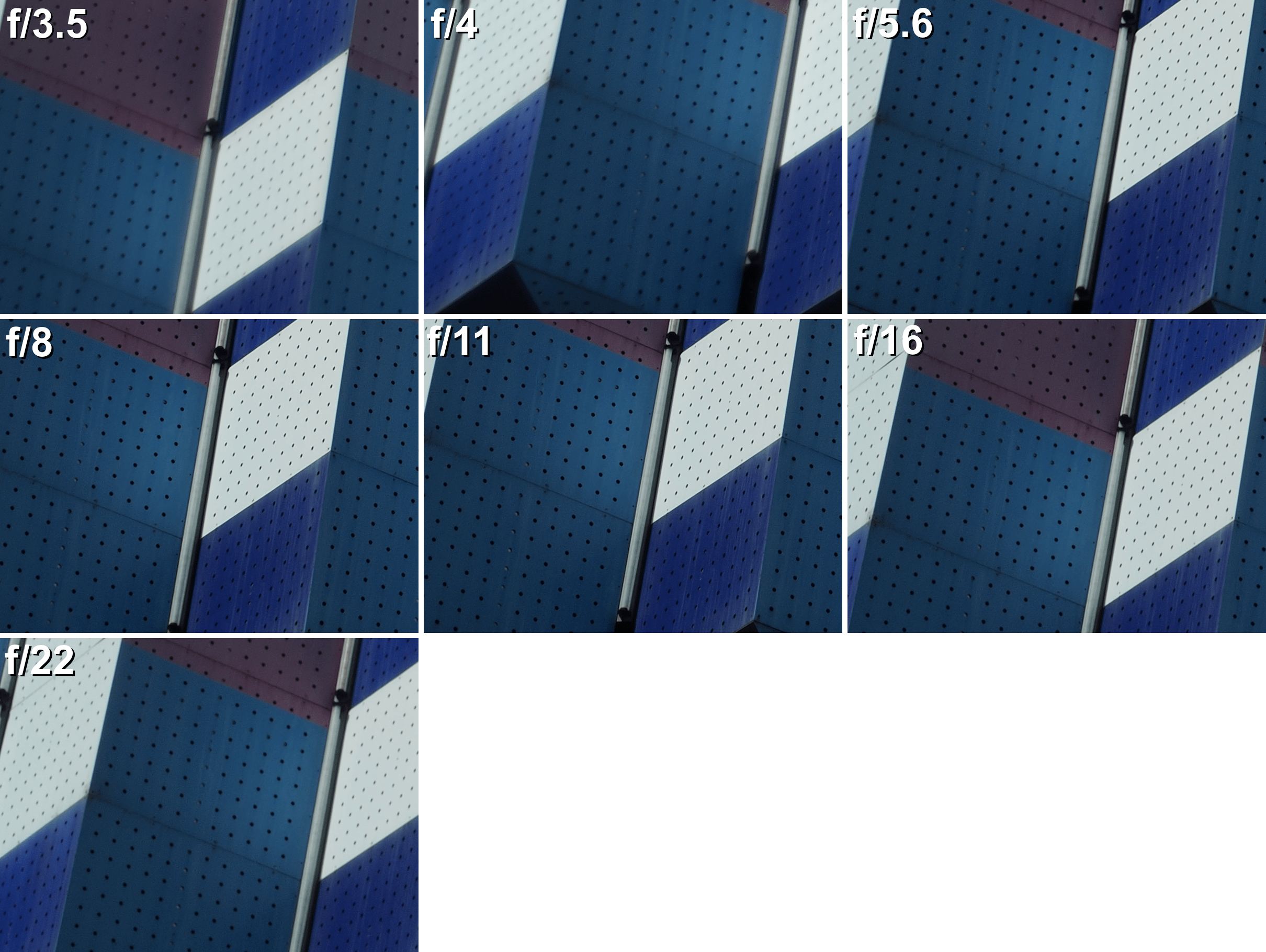
Bokeh and Chromatic Aberration
The bokeh produced by this lens is decent. While it doesn’t deliver an exceptionally creamy or buttery smooth background blur, it’s also not harsh or distracting. Chromatic aberration is minimal, likely due to the lens’s simple design with only five elements. In some situations, it can become noticeable, but it’s generally well-controlled, and you’d need to zoom in significantly to spot any issues. In fact, I’ve encountered far worse chromatic aberration in more modern lenses.
Flare and Distortion
One notable drawback of this lens is its susceptibility to flare. While it’s not an issue during daylight shooting, it can be problematic for night photography, especially when light sources are pointed directly at the lens. This is likely due to the lack of modern lens coatings. However, once you’re aware of it, flare can be managed and avoided with proper technique. On the plus side, the lens is free of distortion, or at least any distortion is negligible and not noticeable in typical use.
Example Video
Example Photos
Below are example photos taken with this lens. Each image has undergone slight post-processing, including adjustments to white balance, exposure compensation, and shadows or highlights. No distortion correction was applied, and the colors have not been manipulated. The photos have been scaled down for display on this webpage.

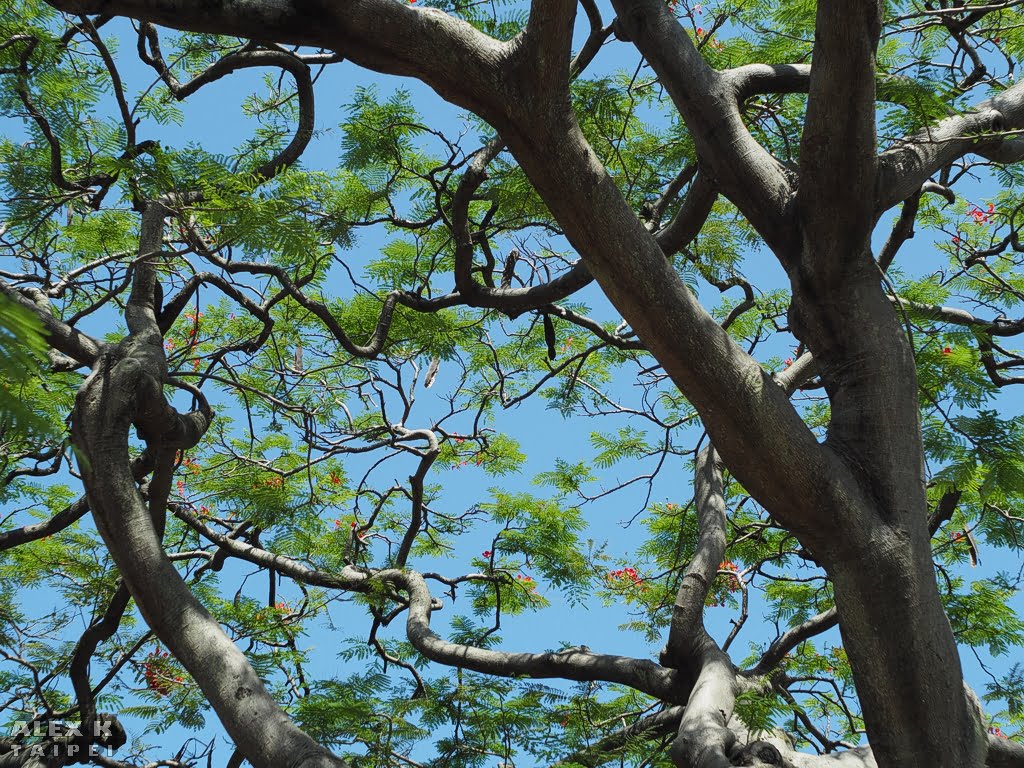
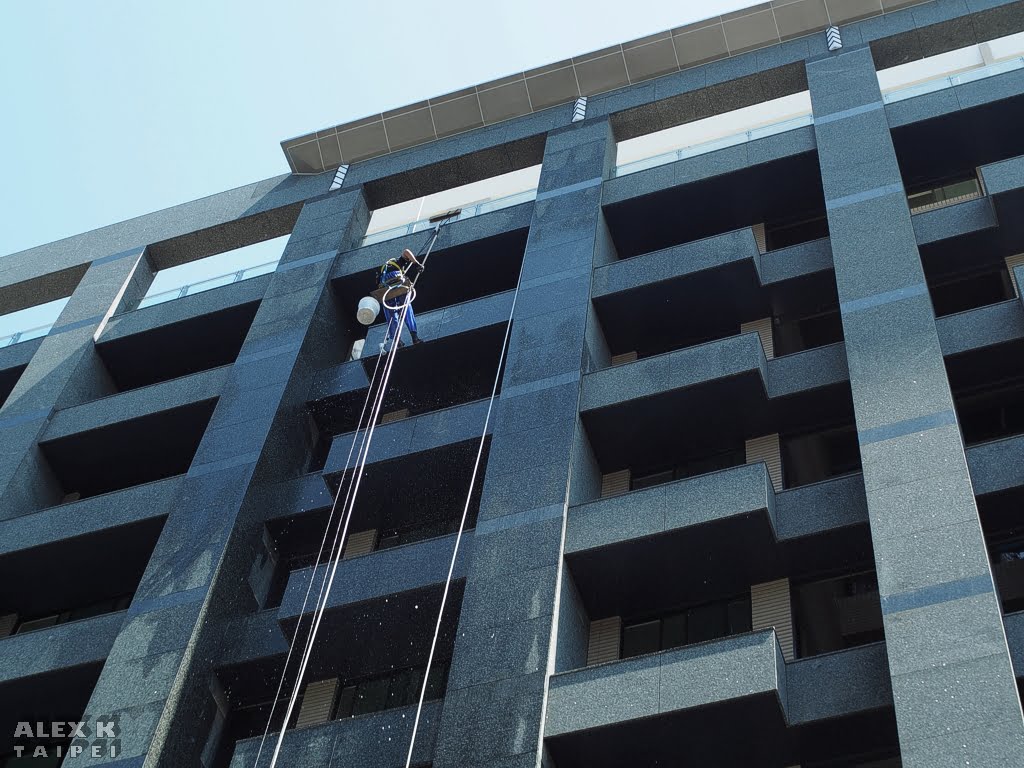

In the night shot some flaring around the street lamps can be seen. On the other hand the 10 blades diaphragm creates nice light stars.

Around the purple lights at the tip of Taipei 101 some glow (flare?) can be seen. I think it is not so bad, but for purists it might be disturbing. The glow in the sky is light pollution from surrounding high-rise buildings.
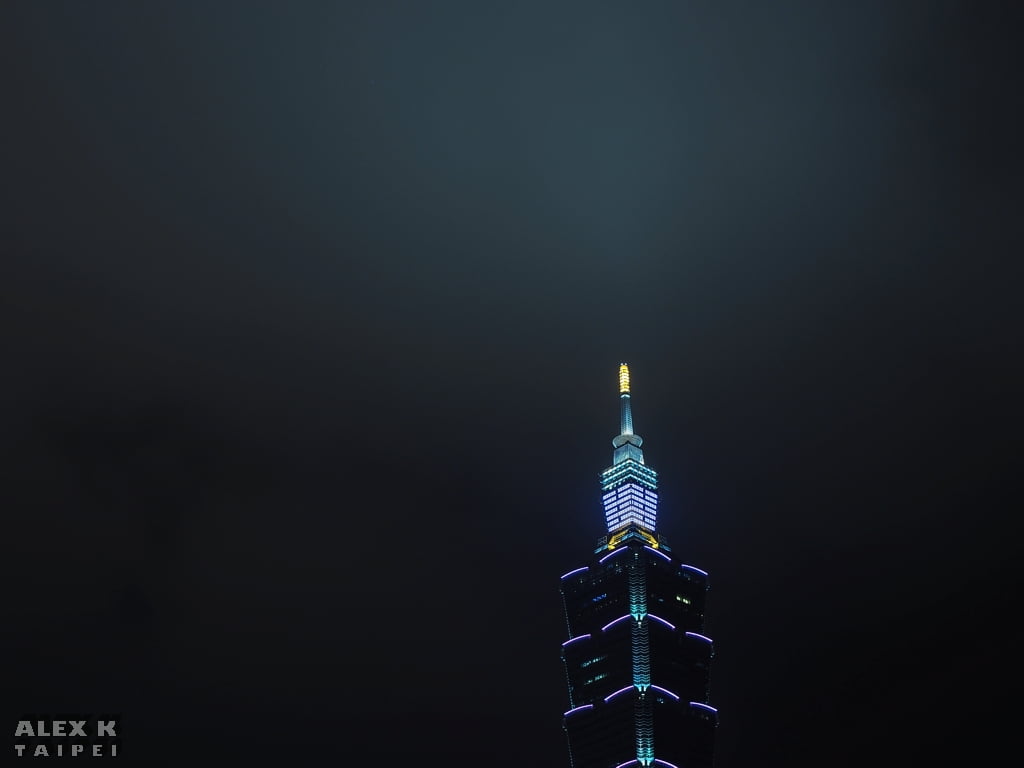


The photo below of the National Concert Hall illustrates the sharpness of the lens quite well. All details of the roof are clearly visible.
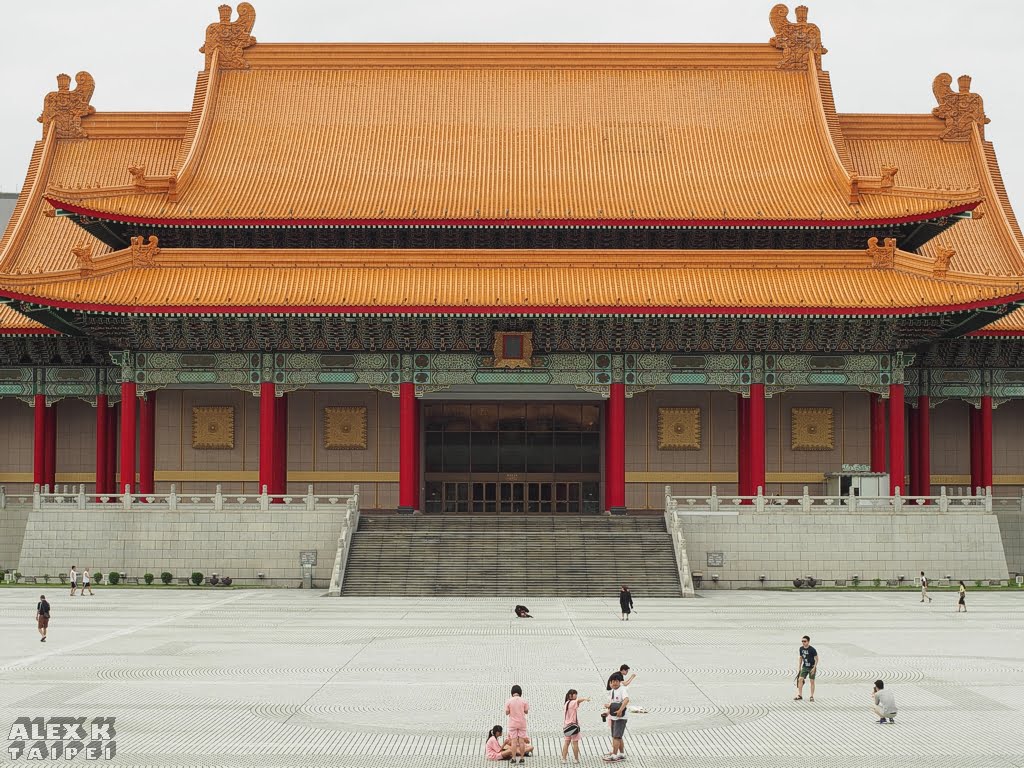
…some bokeh…


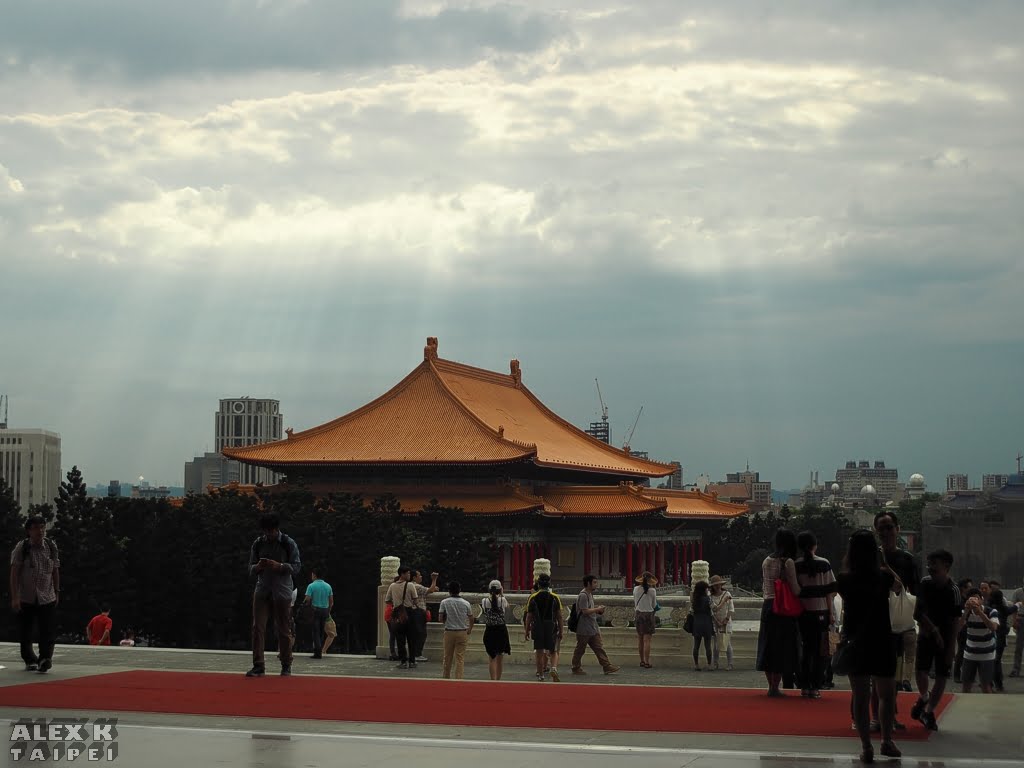
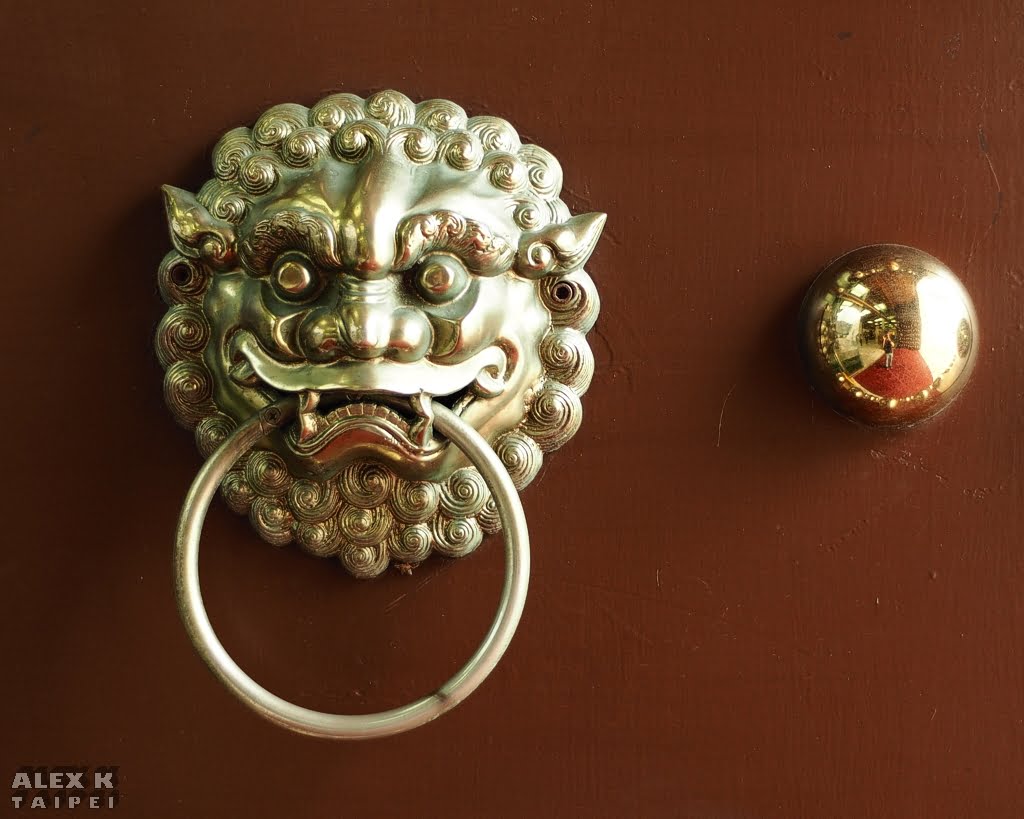
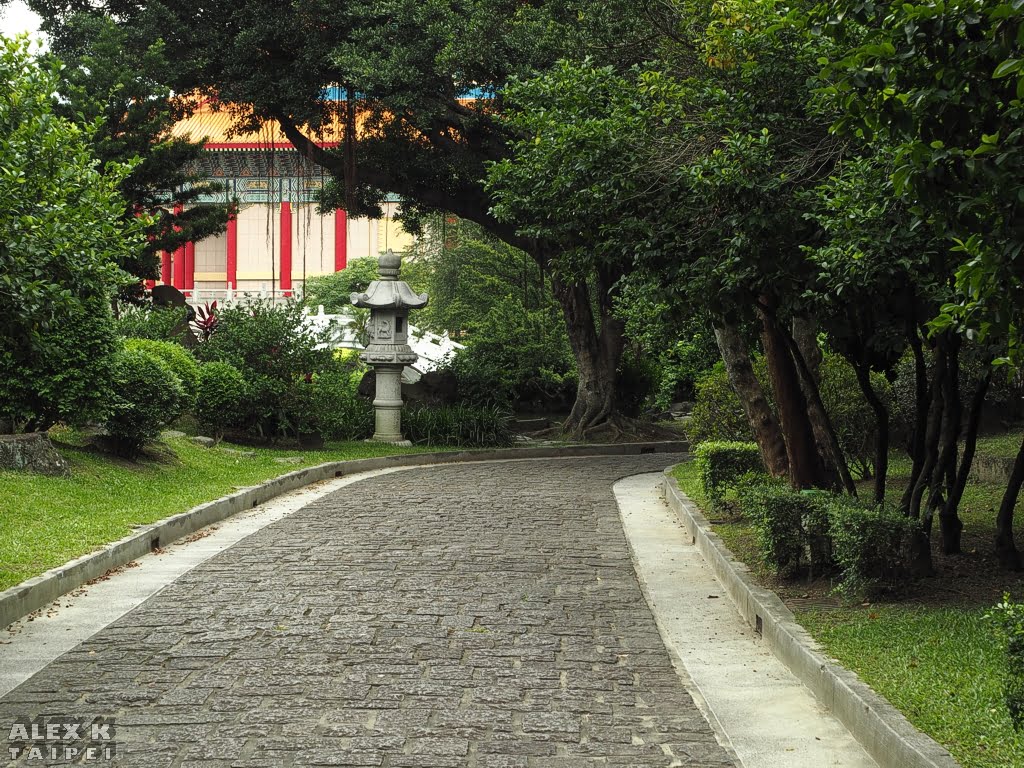
The only photo with visibly chromatic aberration: the bright part inside the lantern.

A 100% crop of the lantern to show the chromatic aberration. It should be possible to fix this in post processing.


Shot wide open and at closest focusing distance.

…and some more bokeh…
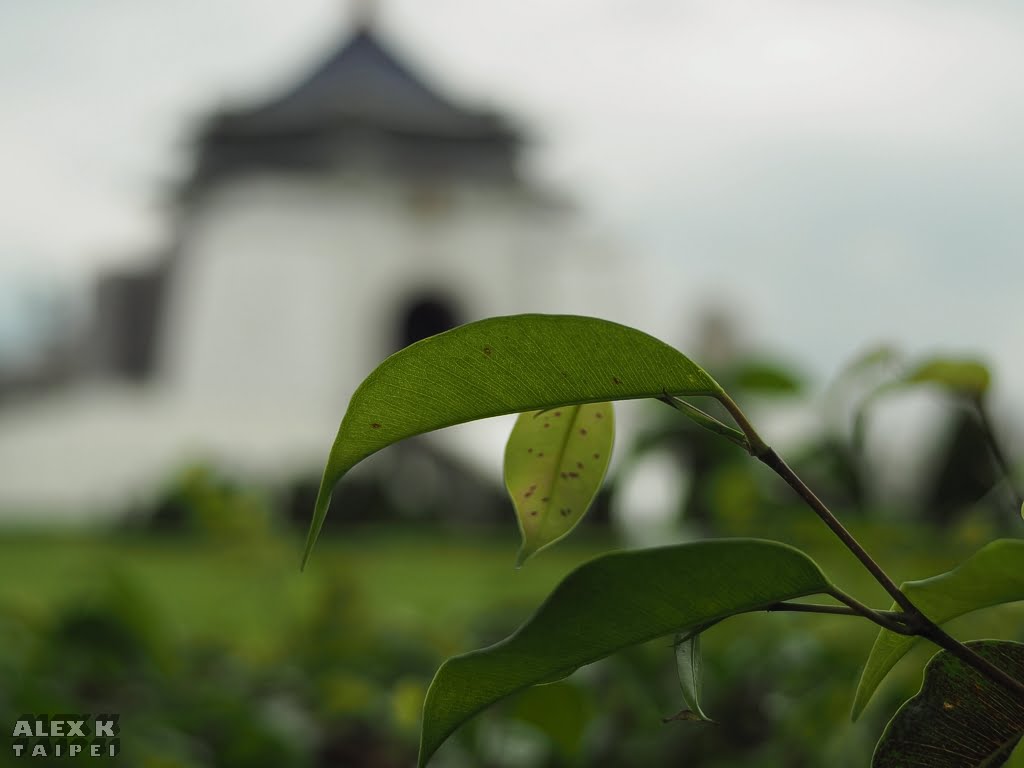

So many things are forbidden here 😉
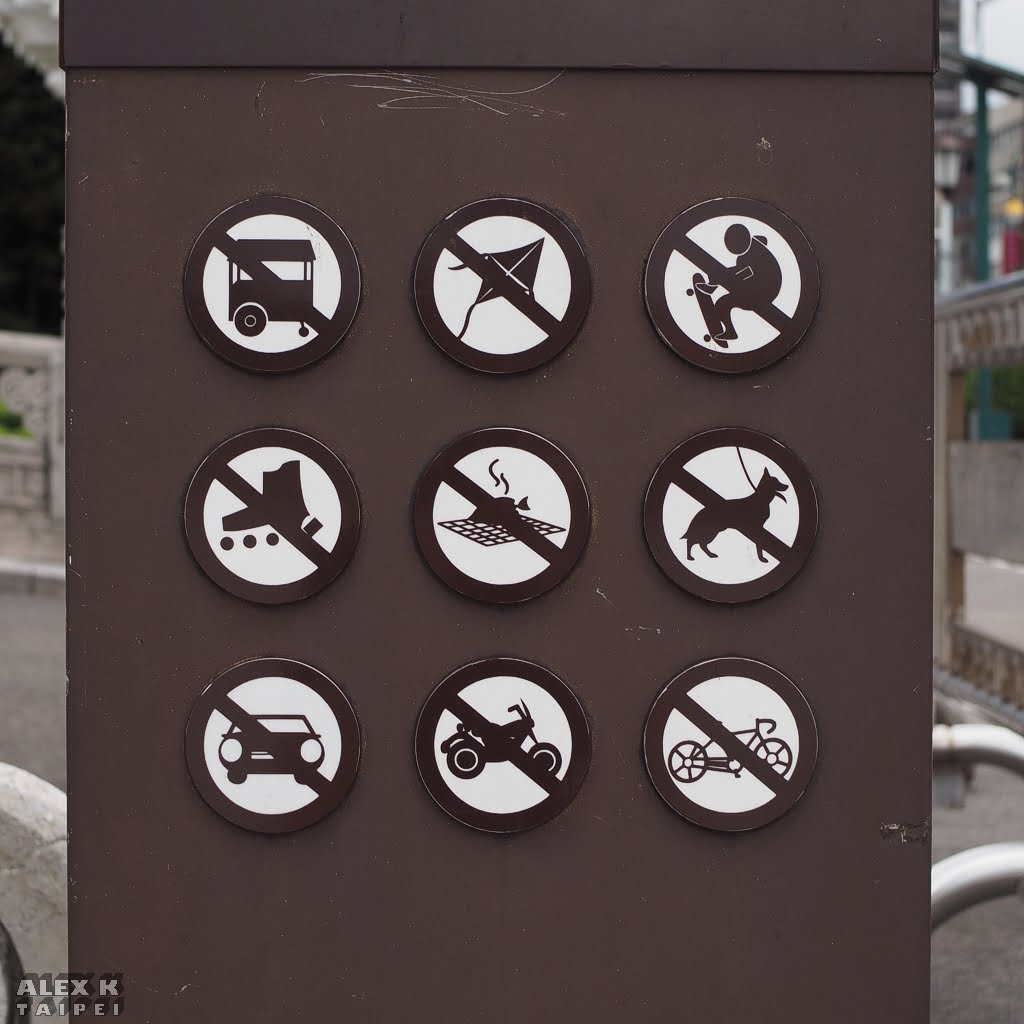
Conclusions
In my opinion, this is an excellent lens. It offers impressive optical quality, produces well-balanced colors, and is easy to handle. The lens is light, compact, and pairs well with a Micro Four Thirds (M4/3) system. While the maximum aperture of f/3.5 may not be particularly fast, it is sufficient for most of my needs. The primary drawback is its tendency to flare during night shots, but overall, this lens is a fantastic introduction to the world of vintage lenses, free of major disappointments.
Pro:
- Excellent optical quality
- Sharp from corner to corner
- Lightweight and compact
- Easy focusing and handling
- Ideal as a standard lens for M4/3 systems
- Relatively affordable
Cons:
- f/3.5 aperture may be too slow for some situations
- Prone to flare in night photography
Enjoyed this article? You can get early access to my maps, blog posts, and exclusive content by becoming a supporter on Ko-fi. I also share updates and insights on Facebook, post photography and snapshots on Instagram (@eyes_on_taiwan), and showcase maps and Taiwan data on Instagram (@taiwan.maps.dataviz). You’ll also find me on Threads and Bluesky, where I share new maps and links to blog articles. Looking forward to connecting with you!
If you like this content and don’t want to miss new blog posts, consider subscribing to our newsletter!

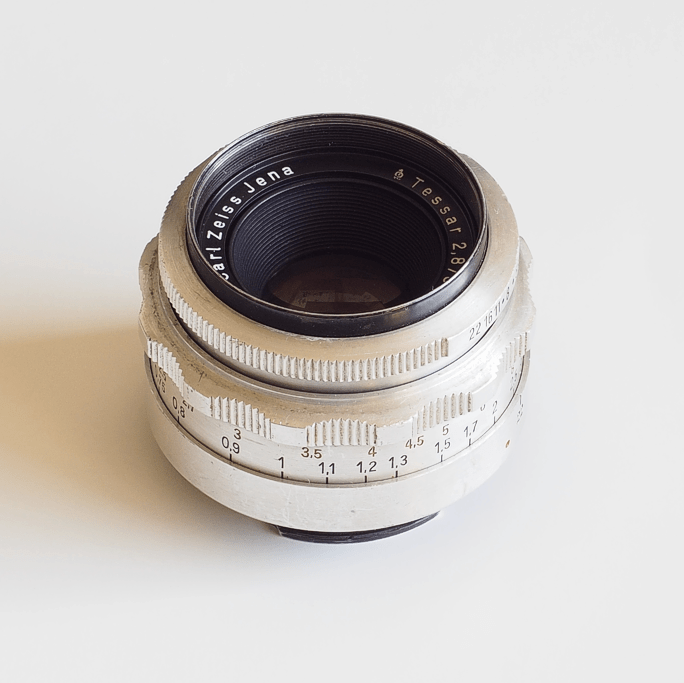
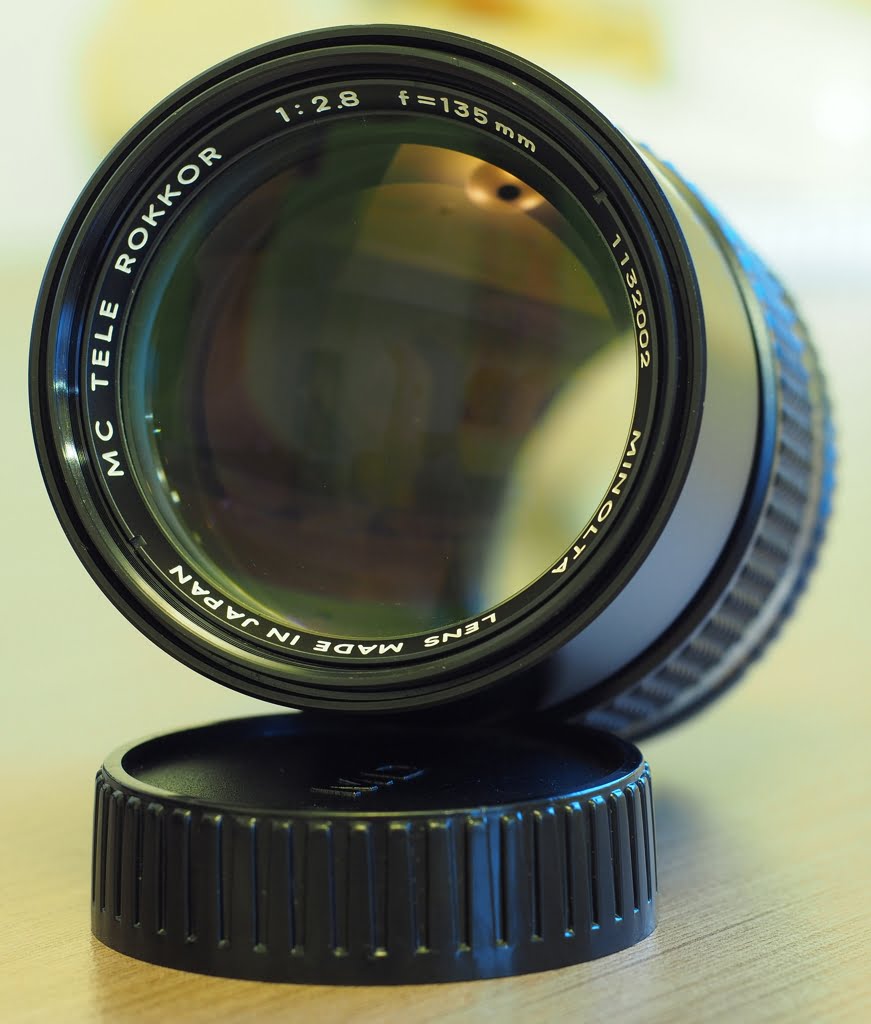

Very nice review, thank you for sharing ! A special lens !